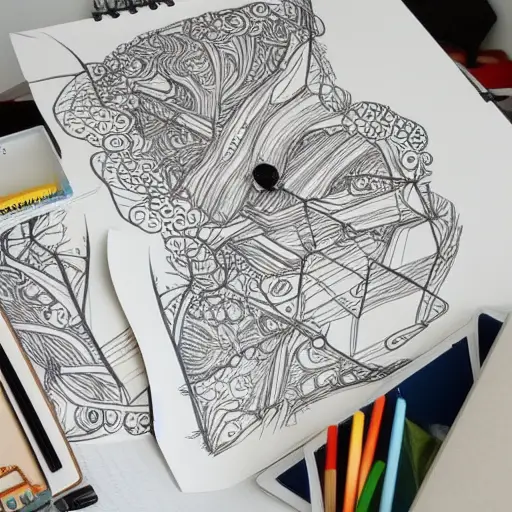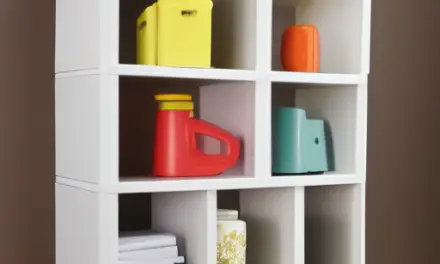There are many different ways to organize your study desk. You can use file baskets to separate your notebooks, use a floating shelf for textbooks, and store computer and printer supplies in a small filing cabinet. You can also use binder clips to keep electrical cords and other items neatly organized. You can also place a small trash can under your desk for convenience. Utility bar clips can also be used to hang items, which can be easily switched out by sliding or clipping. Hanging file baskets are also an excellent solution for reducing desktop clutter.
File baskets
If you want to keep your study desk organized, consider using file baskets. These are popular in offices and classrooms, and can be used to organize a wide variety of files. They also make it easy to grab the paperwork you need. They’re a good way to keep files off of the main workspace, too.
Another option for study desk organization is a filing cabinet. Although some experts recommend against using filing cabinets in the home, they are helpful when you need to keep important documents in one place. You should try to choose a slim model that will fit under your desk. For example, the Poppin three-drawer filing cabinet is slim and just over a foot wide.
If you need to store files in a less visible location, you can use a compact mesh file holder. You can even use hanging folders. These organizers will help you keep your files neat and organized. A desk with a cluttered workspace doesn’t promote mental health.
Another option for organizing files is to use paper trays. This way, you can easily pull out important documents when you need them. This option is especially handy if you have a lot of paper work. They will keep your papers organized while looking pretty. A wooden tray will look great with a minimalist desk setup, and a gold-plated tray will look great in your office. A stackable document tray is also a great option for keeping all of your important documents accessible. The best part is that these organizers take up very little space on your desk.
Wall pockets
If you have a space-constrained study desk, you may want to consider wall pocket organization. These organizers can be attached to your furniture and offer a convenient location to keep papers. You can even label them to make it easier to find them later. These organizers can be very versatile and can keep many small items neat and tidy.
You can also make your own organizers from recycled materials. For example, you can hang up pictures with chicken wire or a cubby box made from scrap wood. You can also paint the box to match the style of your room. Desk space can be dull and boring. To spice up your workspace, make some desk organizers out of geometric shapes, PVC, or scrap wood. You can use spray paint to make them more attractive.
A tall organizer with compartments and pockets can also help you organize your desk. The IKEA FINTORP series of organizers is a great example of a modular piece. Whether you want to keep important notes or display pictures, you can find a great solution for your desk.
Another easy way to create an organizer is to make a DIY pencil holder. You can make your own cork board by using scrap wood and wires. Once you’ve made it, you can use it for so many different purposes. You can also build a wooden rack out of scrap plywood. You can also use this wood rack to store office supplies.
Corkboards
Using corkboards as study desk organization ideas can help you keep important items organized and accessible. They allow you to display important information in an attractive way, without the mess of piles of papers. They are also an excellent way to keep important notes and reminders close at hand. Cork boards can be purchased for both home and office use, and you can find some that match your personal style. In addition to their practicality, cork is an excellent sound absorber and can help you minimize noise in an open office or recording studio.
You can easily decorate a cork board with your favorite color scheme, so that it looks attractive when you look at it. The color scheme can be chosen in accordance to the mood or season of your room. For example, if you’re studying in summer, you can choose colors that evoke the beach vibe. If you want to add some color to your cork board, you can add a little fabric, or even a pocket.
If you’re using a cork board as a home office, you can also use it to display other things, such as post-it notes and pictures. Cork boards are also great for displaying personal projects, such as daily habit trackers and work goals. In addition to personal projects, cork boards are also a great way to display beautiful photography.
You can also use corkboards to create a study zone. A study zone not only motivates your child to stay organized, but it also allows them to express their creativity. Using a corkboard for study is not as difficult as you think. There are tons of ways to decorate your corkboard to make it unique. For instance, you can add a colorful piece of fabric or a DIY stencil makeover.
Wall-mounted shelf system
Study desks can be a cluttered place, so a wall-mounted shelf system can be the perfect solution. A wall-mounted shelf system makes it easy to store papers, books, and other items. Some systems come with magnetic backing, which makes attaching them to metal surfaces, such as To-Do boards, easy.
Desk organizer trays are commonly used to store items, but wall-mounted systems free up more room. Many of these products are available at IKEA. They are available in a variety of shapes and sizes and can accommodate a wide variety of items. You can purchase one or several of these units to fit the size and shape of your desk.
When choosing a wall-mounted shelf system, you should remember to measure the height of your desk and the location of the beam. You may want to seek installation guidelines from the company you purchase from. Once you have these measurements, you can install your new study desk shelving. This solution is both simple and reliable.
Filing cabinet
A filing cabinet is a very convenient storage solution for your study desk. It can store all of your important papers and documents. This will allow you to save time and energy. Moreover, you can use this space to organize your workspace. You can place it on the side of your desk or under it. It can be as small as one foot wide, which makes it easy to fit under your desk.
When you are organizing your filing cabinet, you can write down the names of all your files as you come across them. You can also refer to the papers that are nearby when you need to find certain documents. For example, you can make a list of household bills or client last names, which will help you quickly locate files.
The first step in organizing a filing cabinet is to plan out a filing system. This is the most important step in any organization project. This system should determine how you want to store and organize your documents. It can be as general or as detailed as you want it to be. This way, you won’t need to shuffle papers around while you’re working.
Another helpful tool is a desktop sorter. This handy gadget keeps loose papers in order, and it doesn’t take up much space. You can place it right next to your desk. You can also get some colorful portable file folders to add some pop to your desk. You can also use a shredder with a container for your old papers.













